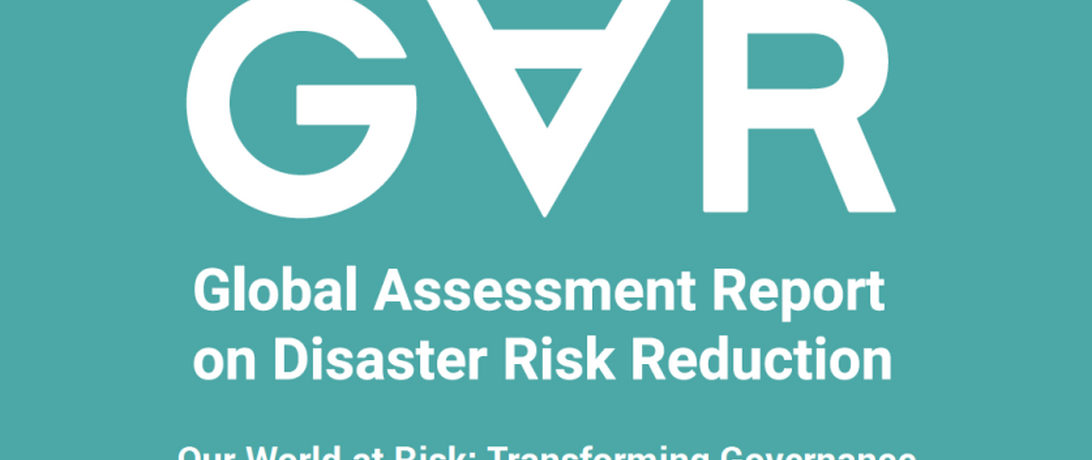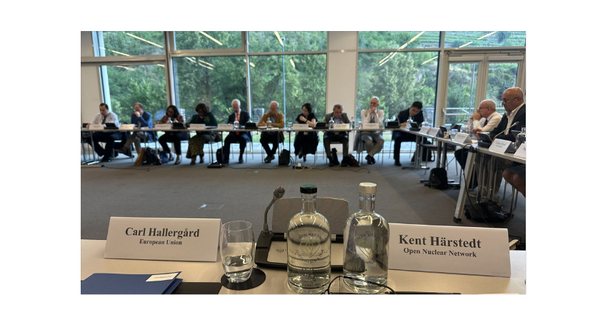
"Although humans have classified themselves as Homo sapiens (wise hominids), in most daily situations people rely on quick short cuts (heuristics) to allow mostly accurate decisions, rather than on a deep and full assessment of the relative costs and benefits of each decision. Research into decisionmaking has concluded this occurs for a variety of reasons relating to the basic architecture of human minds and the large amount of information processed every waking minute. Habits of mind become biases that interact with people’s social motives and the world around them to determine the decisions they make. This also affects the decisions made individually and collectively about how to cope with disasters. This chapter offers insights into why human minds form habits that are resistant to change, how these cognitive biases can result in suboptimal decision-making around disasters and also how understanding this can be harnessed to accelerate effective risk reduction.
It is easy for governance systems to create conditions that reward decisions made on the basis of incomplete information and that emphasize short-term benefits at the expense of real longerterm risk. While biases are part of the human cognitive system, it does not mean such negative outcomes are inevitable. The underlying biases people bring to the table affect the collective response to disaster risk, but they are not inherently negative. Rather, they interact with larger cultural and institutional systems to cause outcomes. Larger systems can shift towards rewarding and encouraging effective risk reduction, but this requires action. This shift is all the more urgent given the current levels of global risk, especially arising from climate change."
Key Findings
- DRR actions should be informed by an awareness that engagement, uptake and compliance will not be the same across different communities. Structural, historical, cultural and individual factors will influence how people are motivated to engage with risk reduction recommendations.
- Governments and other stakeholders should incorporate an analysis of biases and social motives into planning for behaviour change to reduce risk. Whenever possible, actions should be designed to reinforce social motives and align with biases rather than require people to behave contrary to them.
- Structural constraints on behaviour should also be considered in making risk reduction recommendations, including issues such as the capacity and history of different communities and their existing resources."
United Nations Office for Disaster Risk Reduction (2022). Global Assessment Report on Disaster Risk Reduction 2022: Our World at Risk: Transforming Governance for a Resilient Future. Geneva.

